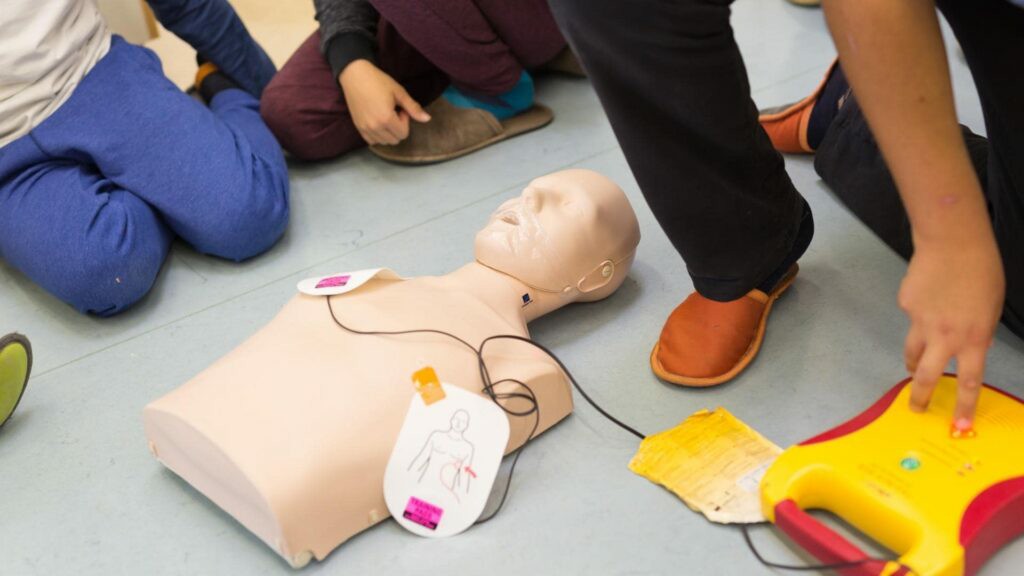


 349,500 Offered Certificates
349,500 Offered Certificates
 24/7 Online Training
24/7 Online Training
 Money Back Guarantee
Money Back Guarantee
 Fully Accredited Courses
Fully Accredited Courses

Created at: 25-02-2025 15:27
In today’s fast-paced work environment, ensuring the safety and well-being of employees is paramount. This necessity extends beyond basic safety measures; it encompasses the ability to respond effectively in emergencies. First Aid and CPR training are essential tools that not only enhance workplace safety but also promote a culture of preparedness. Whether you’re a business owner, HR manager, or an employee seeking knowledge, understanding the importance of First Aid training can empower your workplace.
First Aid training equips personnel with the skills necessary to handle medical emergencies efficiently. Having certified individuals on-site can make a substantial difference in outcomes of workplace injuries, as timely interventions often lead to better recovery rates. Moreover, the peace of mind that comes from being prepared for emergencies creates a positive working environment.
Cardiopulmonary Resuscitation (CPR) is a crucial skill that every employee should learn. CPR techniques can vary based on the situation; however, the core principles remain the same:
Regular CPR training courses can help employees refresh their skills and stay updated on the latest techniques.
Compliance with health regulations is non-negotiable for any organization. Depending on the industry, certain guidelines require businesses to have certified personnel available at all times. Understanding and implementing First Aid compliance aspects ensures that your organization meets these legal obligations while prioritizing employee well-being.
Effective First Aid training involves practical application and scenario-based exercises. Employees should be trained in various procedures, including:
Employers should consider conducting regular training refreshers to keep these skills sharp.
Choosing the appropriate First Aid course can be overwhelming due to the plethora of options available. Here are some key considerations:
Prioritizing quality training will lead to a more competent and confident workforce.
Modern solutions offer both online and in-person training options. Each has its unique advantages:
Organizations should evaluate their specific needs to choose the best approach for their teams.
In conclusion, investing in First Aid and CPR training is an invaluable asset for any workplace. By equipping employees with essential emergency response skills, businesses not only prioritize safety but also enhance employee confidence and compliance with legal requirements. Take the proactive step today—enroll your team in a First Aid Course to build a safer workplace for all.
If you have further inquiries about First Aid Certification or need assistance selecting the right course for your organization, feel free to reach out to us at [email protected].